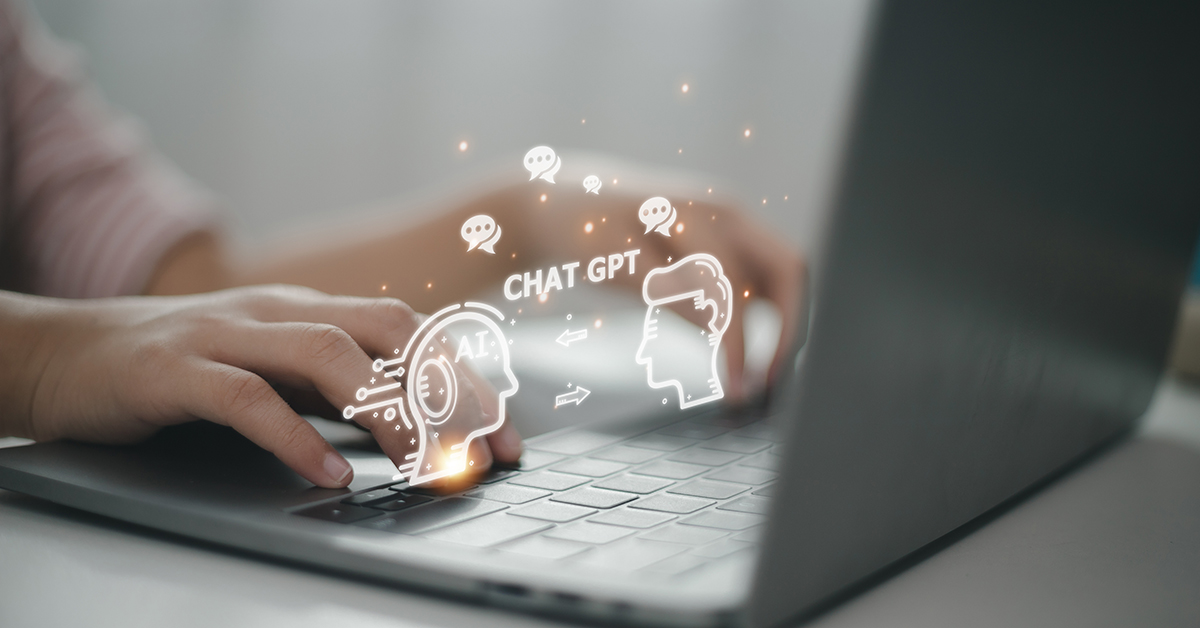神経科学者が、人気のチャットボット「ChatGPT」のような人工知能の言語モデルが、人間の脳についての理解を深めることができるかを探る Neuroscientist explores how artificial intelligence language models, like the popular ChatGPT chatbot, can further our understanding of the human brain
2023-03-17 カリフォルニア大学サンディエゴ校(UCSD)
 Credit: iStock/Userba011d64_201
Credit: iStock/Userba011d64_201
これについて、カリフォルニア大学サンディエゴ校のTerrence Sejnowski教授が、人間のインタビュアーと言語モデルの関係を探り、ChatGPTの観察結果から、その性格を反映していることがわかった。ChatGPTは、インタビュアーに反応することで、そのユーザーと同じような性格を持つようになる。
彼は、また、言語モデルの応答が使用者の考えや偏見に左右されることも指摘し、将来の利用に向けて改善する方法を探ることを提唱した。
<関連情報>
- https://today.ucsd.edu/story/ai-chatbot-chatgpt-mirrors-its-users-to-appear-intelligent
- https://pubmed.ncbi.nlm.nih.gov/36746144/
大規模言語モデルと逆チューリング・テスト Large Language Models and the Reverse Turing Test
Terrence J Sejnowski
Neural Computation Published:2023 Feb 17
DOI:https://doi.org/10.1162/neco_a_01563
Abstract
Large language models (LLMs) have been transformative. They are pretrained foundational models that are self-supervised and can be adapted with fine-tuning to a wide range of natural language tasks, each of which previously would have required a separate network model. This is one step closer to the extraordinary versatility of human language. GPT-3 and, more recently, LaMDA, both of them LLMs, can carry on dialogs with humans on many topics after minimal priming with a few examples. However, there has been a wide range of reactions and debate on whether these LLMs understand what they are saying or exhibit signs of intelligence. This high variance is exhibited in three interviews with LLMs reaching wildly different conclusions. A new possibility was uncovered that could explain this divergence. What appears to be intelligence in LLMs may in fact be a mirror that reflects the intelligence of the interviewer, a remarkable twist that could be considered a reverse Turing test. If so, then by studying interviews, we may be learning more about the intelligence and beliefs of the interviewer than the intelligence of the LLMs. As LLMs become more capable, they may transform the way we interact with machines and how they interact with each other. Increasingly, LLMs are being coupled with sensorimotor devices. LLMs can talk the talk, but can they walk the walk? A road map for achieving artificial general autonomy is outlined with seven major improvements inspired by brain systems and how LLMs could in turn be used to uncover new insights into brain function.


